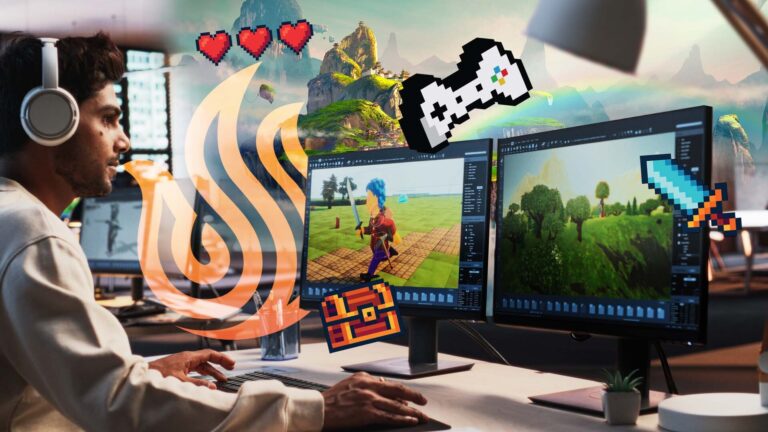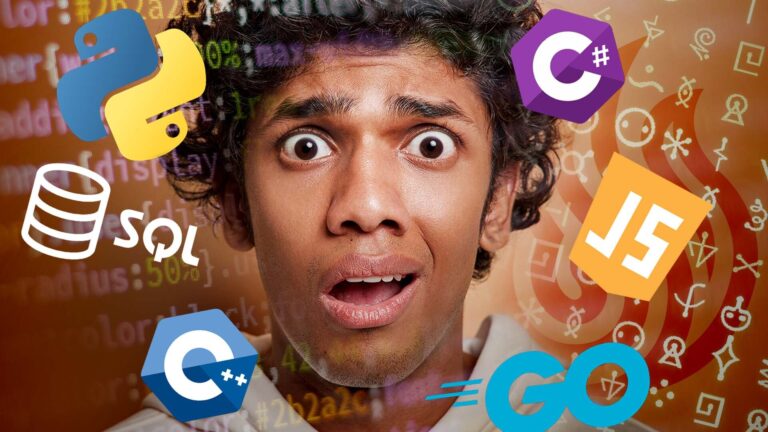The ability to animate 3D models can open many doors. Whether you aspire to start a career path in the entertainment industry, or just want to get a few hobby projects off the ground, the ability to create and manipulate 3D models is a talent that can benefit your life in a variety of unexpected ways. The best part is that the modern age of technology has made it easier than ever to get an animation setup in the comfort of your own home. If you are overwhelmed by all the ways to get started, then this guide is aimed to get you up to speed.
The Hardware and Software
Before you can animate a model proper, you will need sufficient equipment. 3D animation software is quite resource intensive, so you should start with a computer that can take on the task. While laptops and tablets are a great portable option, you will get the most resources out of a desktop PC. These rigs often have stronger specs for a lower cost than their portable counterparts.
Hardware Requirements
The computer you acquire must be powerful enough to run and render the scenes you are trying to create. The easiest place to start is with a machine that was designed for high-end gaming. These rigs often have many of the same components necessary for advanced 3D animation. Here is a breakdown of the key parts to consider.
GPU – A graphics card is crucial to keeping performance stable while running your animation. A card too weak will cause your system to freeze up or lag. Dedicated units often have more than enough power to get you started. It is best to stay away from integrated units as they lack the necessary power. Finally, you want to make sure your card has at least 2 gigs of RAM. This is in addition to the proprietary RAM unit that will be discussed shortly.
CPU – A potent processor is arguably the most important aspect of your animation station. Rendering your finished scenes is an intensive and lengthy process. You can shorten your wait and decrease the likelihood of anything going awry during the rendering process by choosing the strongest CPU you can find. If you are going to splurge in any area, make it this one. The more cores the better, and you want to make sure it has at least 2 GHz of output. The easiest place to start your search is with cards that run on a 64-bit operating system. These processors often have five or more cores and all the other specifications you’ll need to render complex scenes.
Memory – the amount of RAM you have will determine how many apps, browser tabs, and processes can run simultaneously on your PC. If the advanced software you need for your projects exceeds the memory threshold you are allotted, then the computer will slow to a crawl or crash outright. 8 GB of RAM is a decent baseline to consider. However, 16 GB will provide plenty of headroom for newer and more demanding programs that will no doubt pique your interest in the years to come. Check to see if a PC has an additional RAM slot before buying it. An extra slot ensures you can always upgrade your memory in a pinch down the line.
Storage Capacity – Last but not least is your storage capacity. You will need at least 1 TB to start. Animation projects accumulate hundreds of files and the size adds up quickly. A single animated piece can take up hundreds of gigs depending on the scope and complexity of the project. You want to store as many projects as possible in one place to make it easier to build your portfolio. This makes cloud storage services a solid choice as long as you are willing to pay the monthly fees. You may also splurge on a solid-state drive, which allows you to transfer and load files quicker than the older mechanical hard disks.
The Best Software for Animation
There are several apps that allow you to animate at a respectable level. The power of the internet allows you to acquire the same software the professionals use or take advantage of free alternatives if you don’t want to break the bank.
Autodesk Maya
Maya has been used to animate countless video games, TV shows, and films that have garnered critical and commercial success over the last few decades. You will still find many studios using it today. If you can afford it, using Maya will give you direct experience that will translate over to your professional career. Knowing the precise layout and functionality of the software used by your first employer is a huge win.
Blender
Blender is the perfect program to animate on a budget. It is completely free to use and offers a majority of the functionality of Maya. You can make impressive animations in Blender to fill out your portfolio. Be prepared to take some extra time learning how Blender operates. It often requires a few extra steps to get the same level of quality from each 3D model. Still, it is a powerful application that allows anyone to start animating.
Dragonframe 4
Dragonframe serves as the perfect middle ground between Blender and Maya. While you do need to pay for Dragonframe, the cost is far more reasonable than most professional grade software. You get tons of advanced features and some animators even prefer the unique layout. Definitely give this app a try if you don’t want to splurge on Maya.
Pre-Production and Asset Gathering
As tempting as it can be to start playing with the first 3D model you can find, planning out what you want to do before animating allows you to be far more productive. Pre-production is how all professional studios begin each project, and so should you. Everyone has a preferred method of brainstorming ideas. You can write a list and even draw out a basic outline of each scene by hand. Writing and drawing by hand allows you to try different ideas quicker than if you digitized each rough draft. Once you have a decent picture in mind, you can start looking for the right assets.
Using Premade Assets
One of the best parts about animating in the internet age is the abundance of prebuilt assets you can use to get started. Rather than making your own model from scratch, you can grab a prefab from the myriad of online sources and import it into your software. Although you can’t use licensed characters in published works, there is nothing wrong with using the cast of your favorite cartoon while working on portfolio projects. This is a fun way to keep your motivation high when learning all the technical aspects of the craft. Once you have all the props and characters you need for a scene, it’s time to get started.
Bringing Your Dream to Life
While the title may seem somewhat cheesy, that is exactly what you are doing when you complete a 3D animation. Even if nobody but you views a single 3D model you created, you took one of your visions and turned it into a finished work. This is a great feat regardless of the scope of the project.
How Do You Bring Your Dream to Life?
You can watch hundreds of YouTube videos or use a lot of free tutorials but to get a solid foundation of 3D modeling, it is best to get a formal degree from a creative arts college. A school like University of Silicon Valley has all the tools, equipment, software programs and studio experience you will need to learn 3D modeling and the other important skills that will round out your knowledge in 3D animation.
Final Thoughts
Anyone can animate a 3D model if they gather the right tools and take ample time to master the basics. Like any other skill, it requires focus, interest, and dedication to the subject matter. A passionate love for animation is all you need to push past any growing pains that occur while learning. The best way to get started is to enroll in a digital art and animation program at a creative arts college. After some training and portfolio building, you will feel comfortable enough to apply for a professional position.
Now that you know how to animate a 3D model, want to learn more? University of Silicon Valley’s 3D Modeling concentration has been designed to ensure Digital Arts & Animation degree program students get the most relevant training and access to modern industry tools taught by subject matter experts. You’ll learn professional workflows and create your own 3D models for films, video games and more.
University of Silicon Valley is uniquely poised to offer a meaningful and valuable education for 21st century students. We believe in an education that directly correlates with the work you’ll be doing after you graduate. Interested in learning more? Contact Us today.


